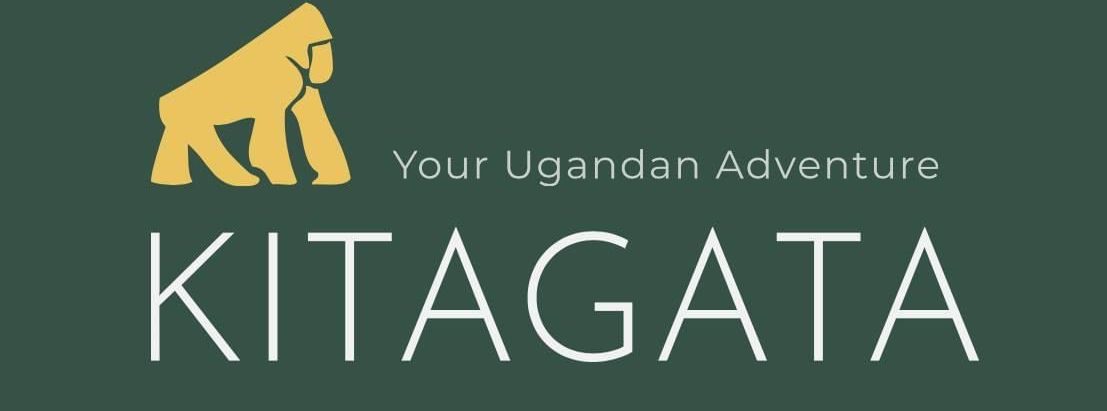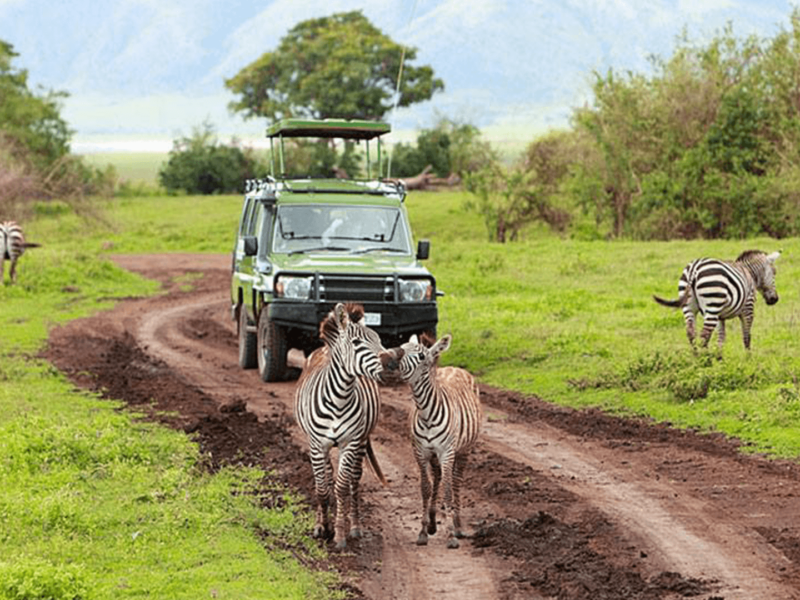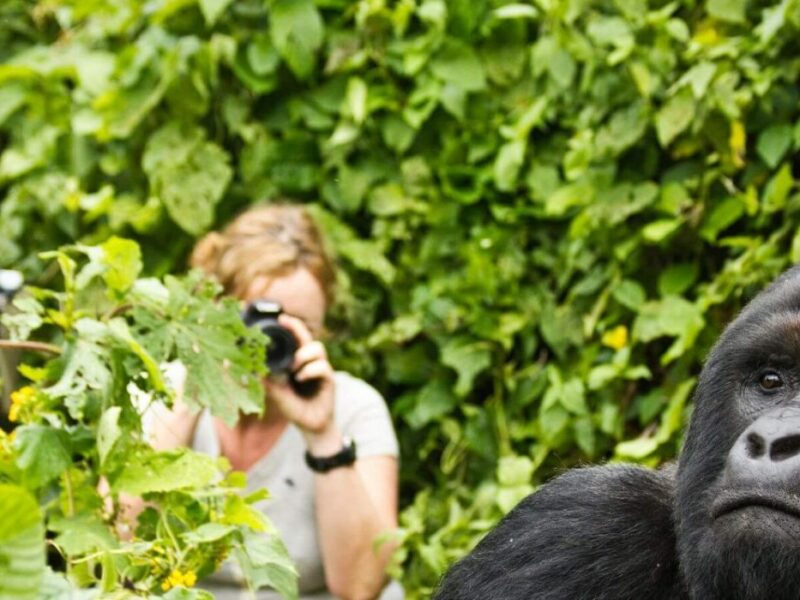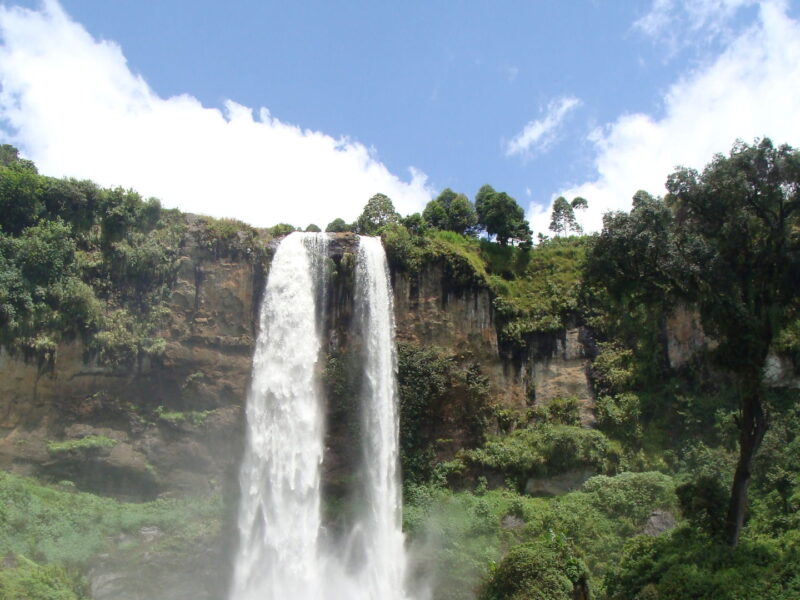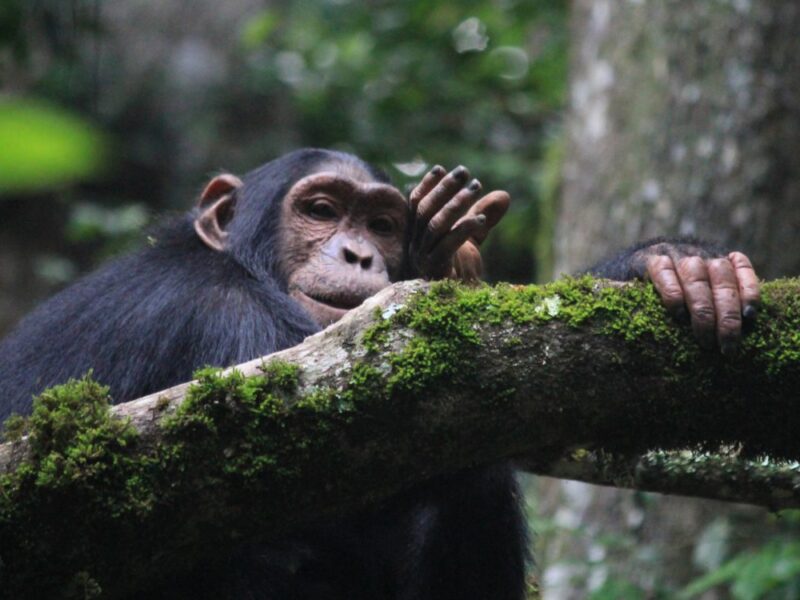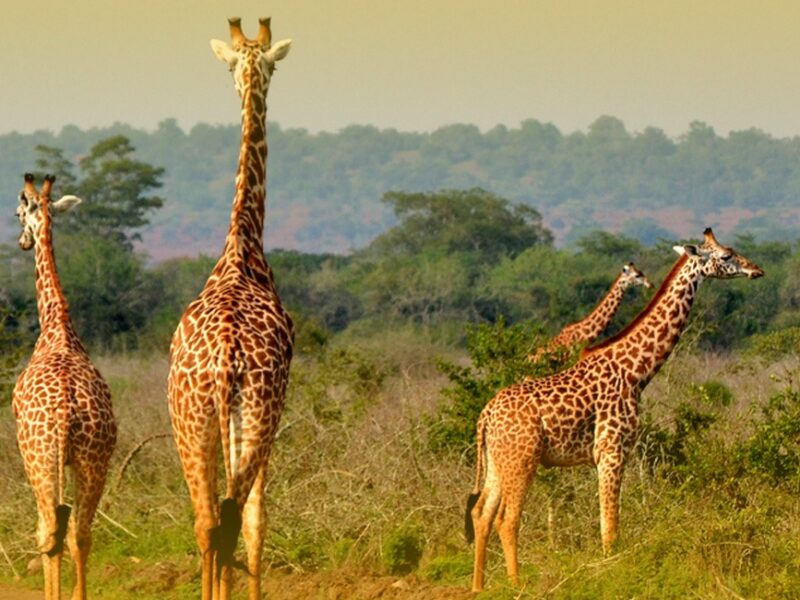When's the Best Time to Go on Safari? (East Africa)
5 Days Tanzania Camping Safari
This 5 Days Tanzania Camping Safari captivates who experience its enchanting beauty. The four parks are located in Tanzania, a region that has preserved its purity on ancient African continent. We will discover lake Manyara National Park which features the largest concentration of baboons.
The alkaline waters of Manyara are encrusted with rosy feathered flamingos. Tarangire is famous for having one of the largest elephants in the world populations in Africa. The Serengeti conjures up images of exploration, dramatic landscapes and exhilarating wildlife. The Ngorongoro Crater has been denoted as Africa’s Garden of Eden’
Detailed 5 Days Tanzania Camping Safari
Day 1: Moshi/Arusha/Airport to Tarangire National Park and to Mto Wam Mbu
You depart from Moshi, Arusha or at the airport (depending with your preference) in the morning and drive to Tarangire National Park; here you will discover the true enormity of the deserted termite mounds and ancient baobab trees.
The colossal herds of African elephants dominate the golden savannah and screeching flocks of the striking yellow collard lovebirds can be heard from miles away.
The wildlife that roams the scenic landscape of the Tarangire includes; lions, giraffes, warthogs, ostriches, impalas, cheetah, mongoose, buffaloes, baboons etc. you will spend your first here including your dinner
Recommended camp:
- Fanaka camp
- Meal plan: lunch and dinner
Day 2: Mto Wa Mbu to Serengeti National Park
Your driver will be at your camp right on time. Early in the morning after breakfast, you will depart to Serengeti National Park. On your way if your lucky you can spot some odd animal on route since we pass via the rim of the Ngorongoro Crater.
Tanzania’s oldest and most frequented National Park, that is also a world heritage site and recently branded as one of the seven wonders of the world- Serengeti is renowned for the annual migration of the herds and ever-growing wildlife population. You will stop for an en route lunch on one of the kopjes (rock outcropping). Our game drive will venture further into the park. After the game drive, we will proceed to the Serengeti for your camping and overnight
Recommended Camp:
- Serengeti Camp
- Meal Plan: full board
Day 3 of 5 Days Tanzania Camping Safari: Serengeti National Park Transfer to Ngorongoro Crater
The day begins with a good breakfast. After breakfast, we need to have an early game drive in the central Serengeti. The savannah is an active landscape and the air is flooded with the melodies the birds create as the regenerated sunlight starts to illuminate the full landscape.
Your guide will study the prints on the ground to pursue predators. We will to the Simba campsite, located near the rim of the crater. You will later head back to your camp for dinner and overnight
Recommended Camp:
- Serengeti Camp
- Meal Plan: full board
Day 4: Ngorongoro Crater to Lake Manyara National Park
A scarce amount of safari destinations produces the same experience as the Ngorongoro Crater. The game viewing here is simply effortless. Most animals remain within the crater due to its high walls.
This is the perfect location to view every member of the big 5 in one day. We will break for lunch inside the crater. The unfilled caldera is also home to hyenas, hippos, zebra, wildebeest and an impressive variety of water birds.
Your guide will enlighten you by sharing facts about the animals, vegetation and locating hidden animals. After this wonderful experience, your driver will take you back to your camp to rest. Later have dinner and overnight
Recommended Camp:
- Fanaka Camp
- Meal Plan: full board
Day 5 of 5 Days Tanzania Camping Safari: Lake Manyara National Park and Transfer Back to Moshi
Located at the base of the grate rift valley escarpment, lake Manyara National Park provides picturesque, varying scenery. We will have a picnic lunch in the beautiful park. Assorted habitats including rainforests, the soda lake and savannah support high diverse ecosystem.
With over four hundred bird species some of which are migratory, the reserve is a birdwatcher ‘s delight. Lake manyara houses the legendary tree climbing lions, as well as buffalos, elephants, giraffes, impalas and hippos.
We will then proceed to Moshi in the late afternoon. You can either go back to your hotel in Moshi or transfer to the airport for transfer to Dar el salaam if your flight back to your country is that very day
Meal Plan: breakfast and lunch
End of 5 Days Tanzania Camping Safari
SAFARI in Tanzania was NOT what I expected! (Tarangire & Serengeti)
Highlights of this 5 Days Tanzania Camping Safari (the great northern Adventure)
Moshi/Arusha/airport to Tarangire National Park to Mto wa Mbu
Mto wa Mbu to Serengeti National Park
Serengeti National Park to Ngorongoro Crater
Ngorongoro Crater to Lake Manyara National Park
Lake Manyara transfer back to Moshi
Activities on this Safari
Game drive
Bird viewing
Nature viewing
Safari Inclusions and Exclusions
Safari includes:
Transportation in a tour van/Landcruiser
Service of an English -speaking tour guide/driver
All activities mentioned in the itinerary
Park admissions
Accommodation on full board
Entrance fees to all destinations as per the program
Transfer to and from the airport
Safari exclusions
All activities not mentioned in the program
Phone calls bills
Tips
International transfers
Gratitude to tour guides
Personal insurance
Personal effects of any nature
Hotel fees before and after the safari
Background Information of 5 Days Tanzania Camping Safari
Lake Manyara National Park – Lake Manyara
This is a protected area in Tanzania’s Arusha and Manyara regions. Situated between Lake Manyara and Great Rift Valley. It is administered by the Tanzanian National Park Authority, and covers areas of 322 km (125 sq. mi) including about 230 km (89 sq. mi) lake surface.
More than 350 bird species have been observed on this lake. Since the 1920, the lake Manyara area was used for sports hunting. In 195, a game reserve was established.
In 1960, it was given a National Park status and in 1974 about 550 ha (1,400 acres) were added to the southern end. The majority of the land area of the park a narrow strip running between the Gregory Rift wall to the west and lake manyara, an alkaline lake
Ngorongoro Conservation Area -The Crater
The Ngorongoro crater (260km2) is the most densely populated area in the world. There are estimated 25,000 animals on the crater floor including the big five. The rim of the crater is about 600 meters above the crater floor in the middle of which is a Salt Lake.
At night herds of zebras and elephants climb the edge of the crater and in day time the Maasai herds their cows and goats down into crater allowing them graze on the green crater floor.
Olduvai Gorge
Running 45 kilometers along the rift valley between Ngorongoro crater and Serengeti, this gorge is named after the Maasai word for the wild sisal plant. often referred to as “the cradle of humankind” East Africa is one of the most important anthropological areas in the world.
Louis and Mary Leakey began searching for evidence of early humans in the 1950s, and in 1974 the well-preserved skeleton of Lucy’ was discovered and has since retained the fame as the oldest human ever found
The Serengeti National Park
This is a Tanzanian National Park in the Serengeti ecosystem in the Mara and Simiyu regions. Its famous and well known for its annual migration of 1.5 million white- bearded (brindled) wildebeests and 250,000 zebra and for its numerous Nile Crocodile and honey badger.
That migration is the largest remaining unaltered animal migration. It contains 1.5 million ha of savannah. The park is the centerpiece of the Serengeti ecosystem and twice as large. The park covers, 14,750 square kilometers (5,700 sq. mi) of grassland plains, savanna, riverine forest, and woodlands.
The park lies in northwestern Tanzania, bordered to the north by the Kenyan border, where it is continuous with Maasai Mara National Reserve. To the southeast of the park is Ngorongoro Conservation Area, to the west are the Ikorongo and Grumeti Game Reserve, and to the northeast and east lies the Loliondo Game Control Area. Together, the areas form the larger Serengeti Ecosystem
